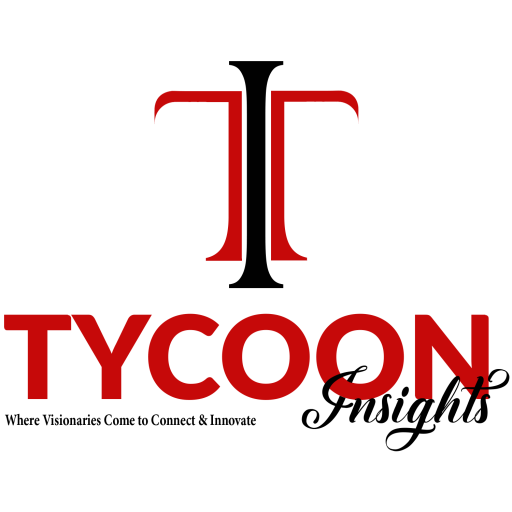In an era where the need for sustainable energy is becoming increasingly important, solar energy has emerged as a shining star among the clean power solutions. Harnessing the power of the sun, solar energy offers numerous benefits that make it a promising alternative to traditional fossil fuels. This article explores the advantages, applications, and future prospects of solar energy, highlighting its potential to revolutionize the way we generate and consume power.
The Basics of Solar Energy
Solar energy is derived from the sun’s radiation, which is captured using photovoltaic (PV) cells or concentrated solar power (CSP) systems. PV cells convert sunlight directly into electricity, while CSP systems use mirrors or lenses to concentrate sunlight, generating thermal energy to produce electricity. Both methods offer efficient and sustainable ways to tap into the sun’s energy.
Advantages of Solar Energy
Clean and Renewable
Solar energy is a clean and renewable source of power, as it produces no greenhouse gas emissions during operation. Unlike fossil fuels, which contribute to air pollution and climate change, solar energy offers a sustainable solution that helps mitigate environmental damage.
Cost-Effective in the Long Run
While the initial installation cost of solar panels can be high, solar energy is a cost-effective solution in the long run. Once installed, solar systems require minimal maintenance and have a lifespan of several decades. Additionally, with the advancement of technology and economies of scale, the cost of solar panels has significantly decreased, making it more affordable for both residential and commercial applications.
Energy Independence
Solar energy provides individuals and communities with the opportunity to become energy independent. By generating their own electricity, homeowners and businesses can reduce their reliance on the traditional power grid, leading to greater self-sufficiency and resilience.
Job Creation
The solar energy industry has the potential to create numerous job opportunities. From manufacturing and installation to maintenance and research, the growth of solar energy fosters employment across various sectors, contributing to economic development and stability.
Applications of Solar Energy
Residential Sector
Solar panels on residential rooftops have become increasingly popular. Homeowners can generate their own electricity, reducing their monthly utility bills and carbon footprint. Additionally, excess electricity can be fed back into the grid, earning credits or monetary compensation through net metering programs.
Commercial and Industrial Sector
Solar energy is also gaining traction in the commercial and industrial sectors. Businesses can significantly reduce their energy costs by incorporating solar panels into their operations. Moreover, companies are increasingly adopting sustainability practices, and solar energy plays a crucial role in achieving their renewable energy goals.
Remote and Off-Grid Areas
Solar energy is a game-changer for remote and off-grid areas with limited access to electricity. By installing solar systems, these communities can gain access to clean and reliable power, improving living conditions, education, healthcare, and economic opportunities.
Future Prospects
The future of solar energy looks promising, with ongoing advancements in technology and increased global adoption. Here are a few key developments to watch out for:
Energy Storage Solutions
Effective energy storage is a crucial aspect of solar energy integration. Advancements in battery technology enable the storage of excess energy generated during the day for use during night time or cloudy periods. As energy storage becomes more efficient and affordable, solar power can provide a consistent and reliable energy supply.
Solar-Powered Transportation
Solar energy can extend beyond stationary applications and revolutionize the transportation sector. Electric vehicles (EVs) powered by solar-charged batteries are gaining popularity, reducing reliance on fossil fuels and decreasing greenhouse gas emissions from transportation.
Building-Integrated Photovoltaics (BIPV)
Building-integrated photovoltaics (BIPV) integrate solar panels into building materials such as windows, roofs, and facades. This innovative approach allows for seamless incorporation of solar energy generation into architectural designs, making solar power an inherent part of our urban landscapes.
Conclusion
Solar energy has emerged as a leading contender in the quest for clean and sustainable power solutions. With its numerous advantages, including environmental friendliness, long-term cost-effectiveness, and energy independence, and job creation, solar energy is on the rise. From residential rooftops to commercial buildings and off-grid communities, solar power is transforming the way we generate and consume electricity. With further technological advancements and increased adoption, the future of solar energy looks brighter than ever, offering a greener and more sustainable world for generations to come.












